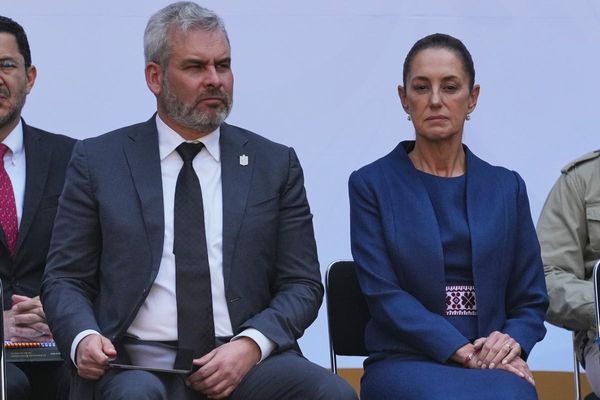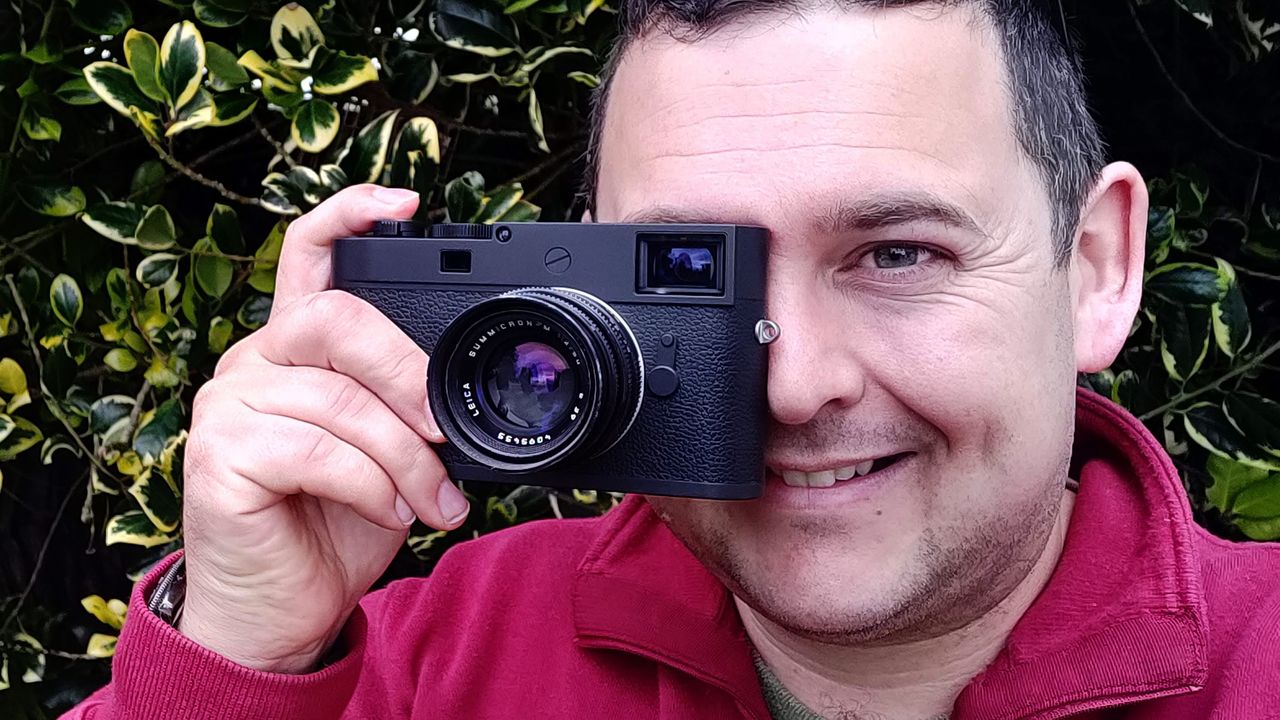
There’s a certain ritual to shooting with a Leica M. A tactile purity that connects photographer and subject in a way no other camera does. It’s not just about the image – it’s about the journey of making it.
I’ve used both a Leica M-E and a Leica M2 for my personal work, and the process is always the same: manual focus, aperture rings, shutter speed dials and that magical rangefinder window.
It’s as deliberate as it is rewarding. That’s why the thought of Leica introducing an electronic viewfinder (EVF) into an M-series camera doesn't excite me – it worries me.
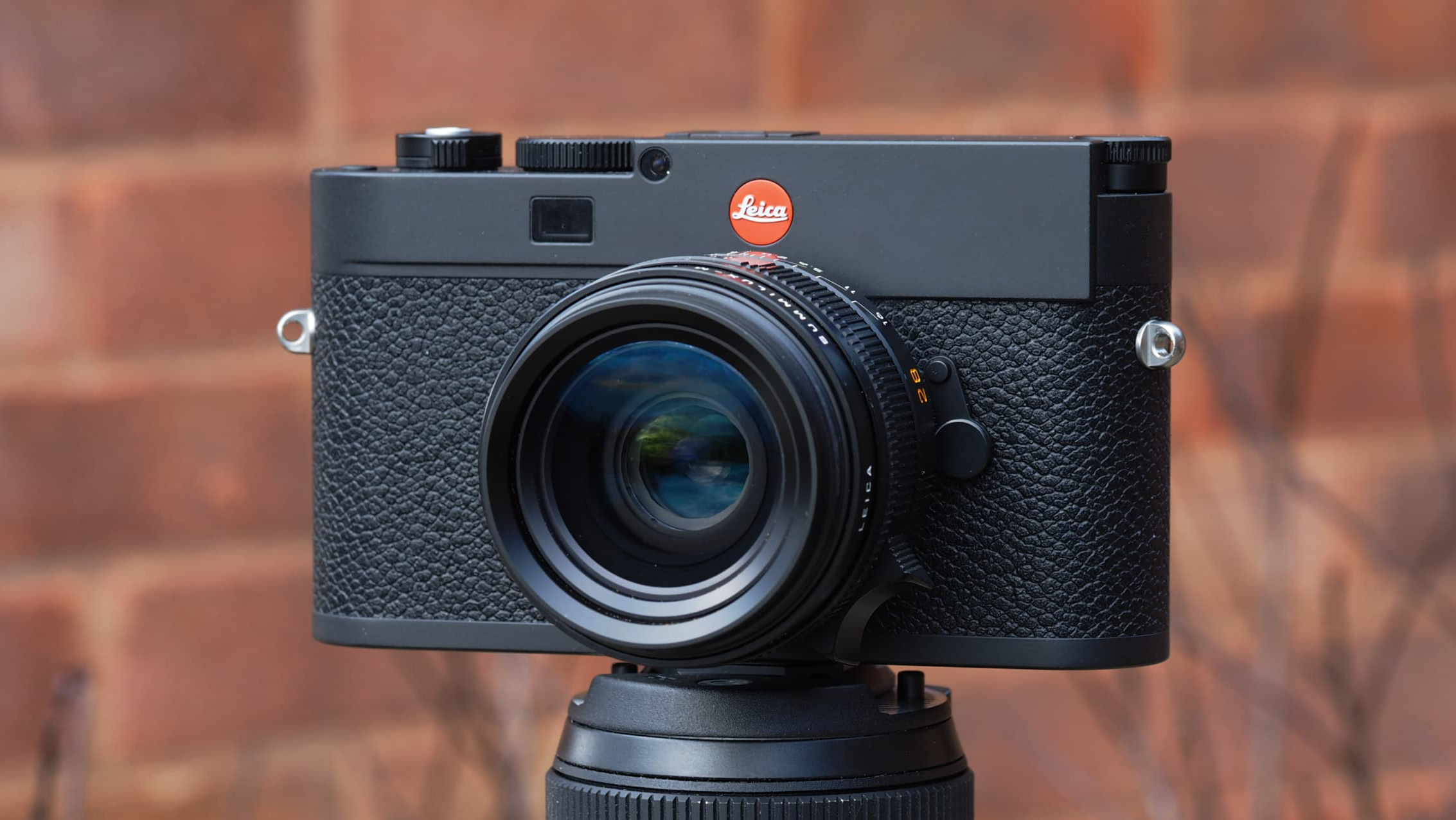
Ever since the M3 launched in 1954, the Leica M-system has carved its own path, standing apart from the ever-growing tide of automation and later digital convenience. The M wasn’t built to compete with others – it was built to be different. To be better, not faster. Simpler, not easier.
It has always celebrated the fundamentals: aperture, shutter speed, ISO and focus. No frills, no gimmicks, no distractions. Just you, your camera and the moment. That’s what has made the M not just a tool, but an icon.
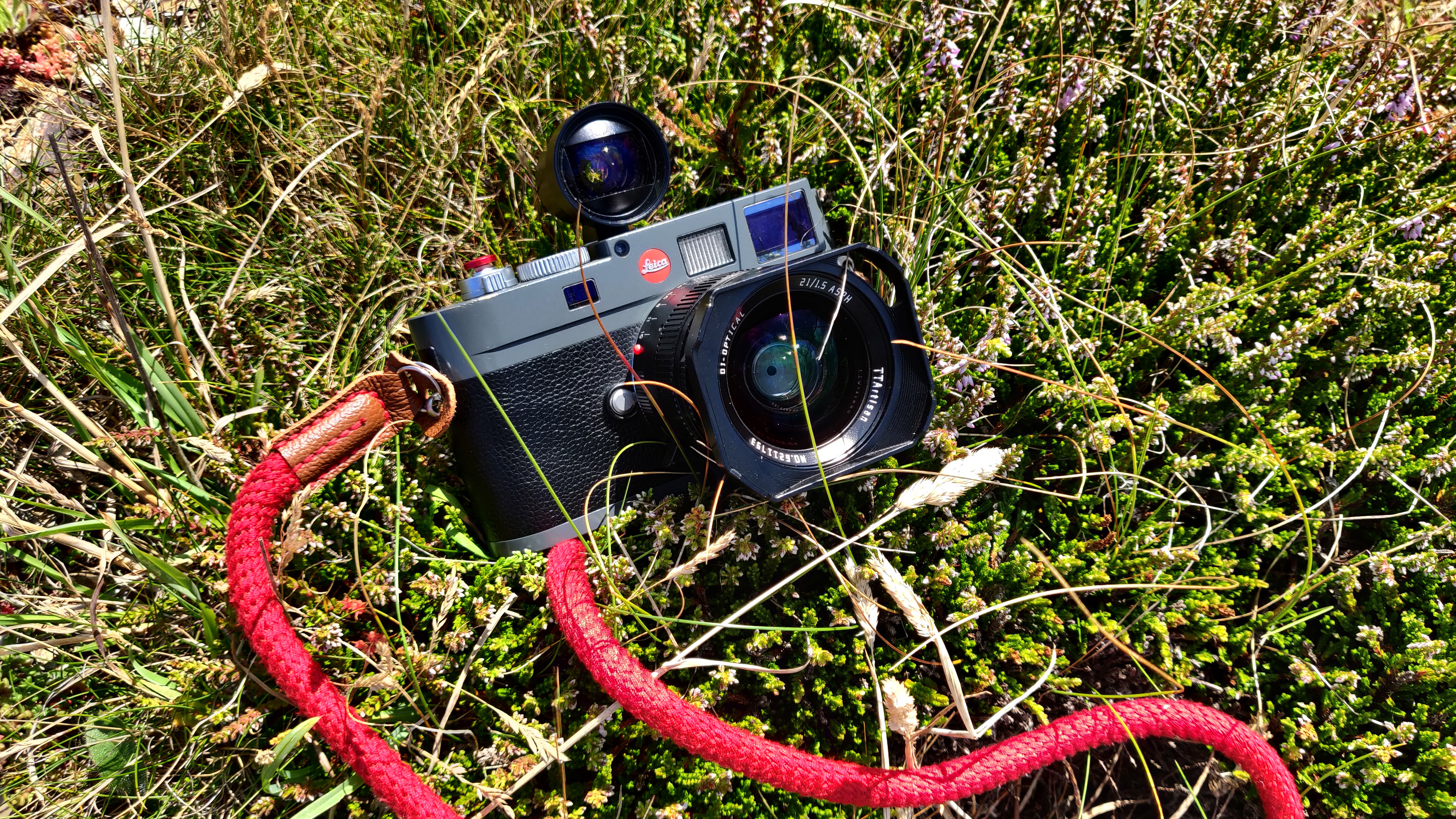
Of course, in recent years, a segment of the photographic community has started calling for an M-series with a built-in electronic viewfinder. They argue that it’s time for Leica to “catch up” with the likes of Fujifilm or Sony.
But Leica was never about catching up. It’s about staying true. While I can’t imagine the company entirely abandoning the rangefinder, I can see a future where an EVF version of the flagship M body appears on the market – tempting to some, perhaps, but deeply disheartening for those who understand what makes an M an M.
An EVF might seem harmless. Convenient, even. But make no mistake: it would be a fundamental shift. With an EVF comes the temptation of overlays, focus peaking, live exposure previews and a flood of assistive technologies that, while helpful, break the immersive spell of rangefinder shooting.
Suddenly, photography becomes less about feel and instinct, and more about confirmation and correction. The imperfections, the misfires, the moments you just missed – those are what teach you. Those are what make you better. An EVF sterilizes that experience.
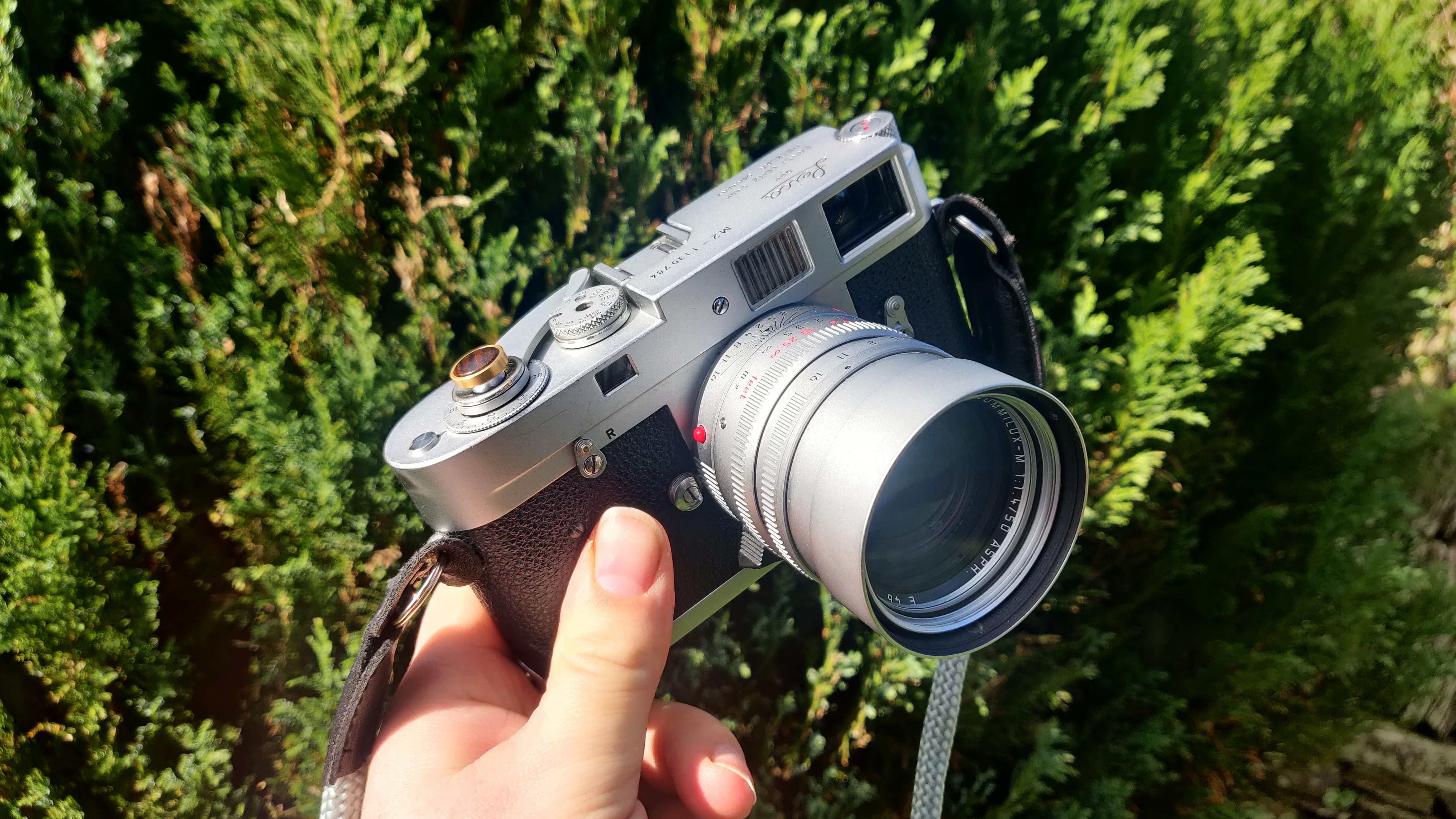
To me, removing or even diminishing the role of the optical rangefinder strips the M of its soul. This system was never about speed or convenience. It was about craftsmanship and control.
If you misfocus, that’s on you. If you misjudge the light, that’s on you too. It’s a photographic education every time you lift the camera to your eye. No autofocus to blame, no algorithm to rely on. Just you, mastering the machine and, eventually, yourself.
I know Leica will do what Leica does: it’ll make a beautiful product that handles wonderfully and feels right in the hand. And yes, there will be photographers who swear by the new EVF model.
But for me, an M without its rangefinder is a shell. It may still wear the red dot and carry the M badge, but it won’t carry the same spirit. And once that’s gone, it’s not a Leica M anymore.
You might also like…
Check out the best Leica cameras and the best Leica M lenses.


